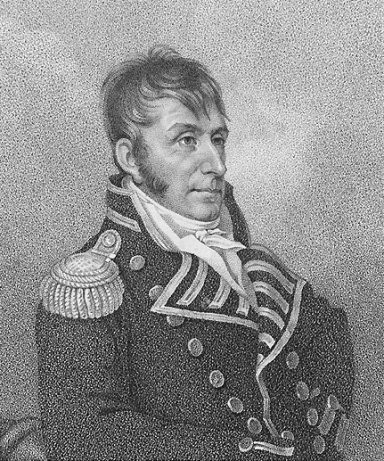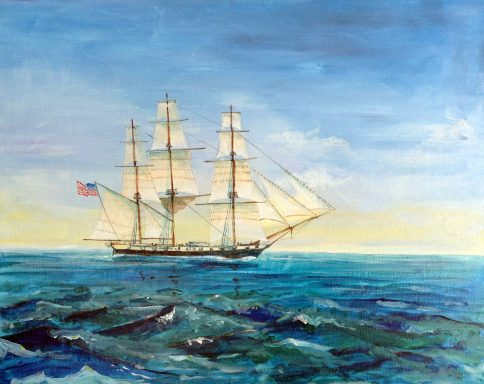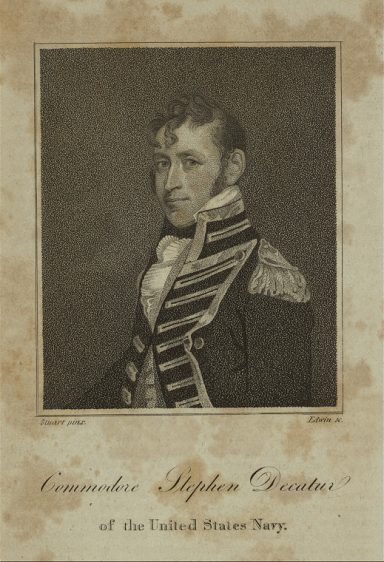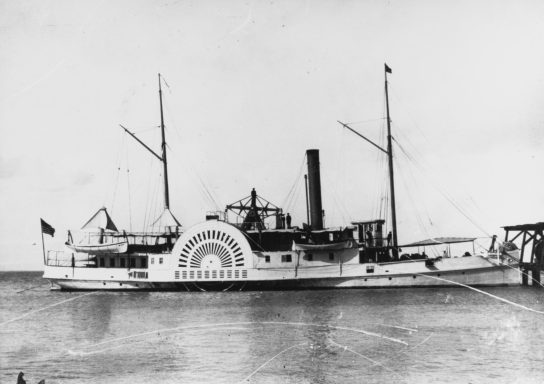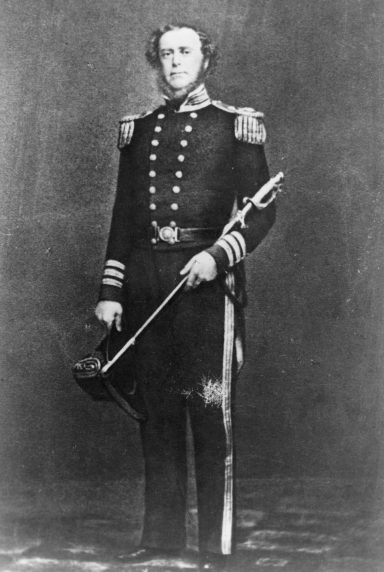
America's Anchor: A Naval History of the Delaware River and Bay, Cradle of theUnited Staes Navy
Kennard R. Wiggins, Jr.
This book is the biggest mountain I have ever climbed, taking over five years of research and writing. When I thought i had it complete, I shared it with Tom Read, a colleague at the Delaware Military Museum and a law professor. He shredded my citations and it took almost another year of editing to get it to his high standard. I am forever grateful, because Tom forced me to "up my game". All my subsequent projects owe a debt to this one, and to Tom. I struggled to find a publisher willing to take on this oversize (and expensive) book of 117,000 words. It was worth it though as the following review will attest.
The Delaware River and Bay holds a special place in the formative history of the United States Navy, an important story that has become increasingly eclipsed as we approach the nation’s 250th anniversary. Philadelphia, as the nation’s first political capital, remains firmly fixed in popular and scholarly imagination, thanks to the twin touchstones of the Declaration and Constitution, and it is widely appreciated that Philadelphia was once America’s most populous and prosperous city. But Philadelphia as young America’s leading seaport and commercial center has largely been forgotten, all but divorcing this maritime city from its location along the Delaware River and vital linkage to the Delaware Bay and the open sea. We forget that Philadelphia was once the largest seaport in North America and probably the largest freshwater port in the world, that more than a quarter of the nation’s total exports during the Federal period passed through the city’s wharves. We forget that Philadelphia led the nation in shipbuilding, with more than twice the tonnage of any other shipbuilding center in the United States. And rarely, if ever, do we associate either Philadelphia or the Delaware River with the birthplace of the United States Navy – which holds true even for those of us who live in the area and regularly cross the Commodore Barry Bridge or drive past the looming presence of the once and mighty Philadelphia Navy Yard.
Restoring Philadelphia’s role as early America’s leading maritime, commercial, and political center gives new meaning to the Delaware River and Bay as “the cradle of the United States Navy.” Kennard Wiggins’ naval history of the Delaware estuary—a basin that flows south from the falls at Trenton and encompasses Cape May on the New Jersey side of the bay and Cape Henlopen on the Delaware side—does that and more. Wiggins brings to life over three hundred years of a surprisingly active history, detailing the important men and ships as well as the shipbuilders and infrastructure that made the Delaware vital to the history of the United States Navy from its beginnings through the end of World War II.
Wiggins, a retired military officer and author of five regional books on military history, lives in the Delaware Valley and knows his region well. His clear and concise writing style makes for an enjoyable read, and the book includes a vast array of interesting and insightful information about the colorful ships, men, and deeds that contributed to the progress of the United States Navy in both war and peace. The subject matter produces a sprawling story that suffers a bit from lack of seamless continuity, but the author recognizes this weakness at the outside and works to place the individual stories into larger chronological and topical patterns.
The narrative is generously supported by fascinating and rarely seen maps, charts, drawings, and photographs, all excellently selected by the author. Four appendices provide lists and brief sketches of Delaware Valley Sailor and Marine Medal of Honor Recipients as well as vast numbers of naval vessels built in the city of Wilmington and other Delaware shipyards. The contributions made by these Wilmington shipbuilders, especially the firms of Harlan & Hollingsworth and Pusey & Jones, who led the nation in iron-hulled ship construction through much of the nineteenth century, is a welcomed inclusion and often overlooked feature of the maritime heritage of the Delaware River and Bay.
- Jefferson, North Carolina: McFarland, 2019
- 7” x 10”, softcover, vii + 288 pages
- Illustrations, appendices, notes, bibliography, index. $45.00
- ISBN: 9781476671970
Reviewed by Samuel Heed, Kalmar Nyckel Foundation
For another review see: https://www.navyhistory.org/2019/09/americas-anchor/
Images
Selected images from "America's Anchor, A Naval History of the Delaware River and Bay; The Cradle of the US Navy"
© Copyright. All rights reserved.
We need your consent to load the translations
We use a third-party service to translate the website content that may collect data about your activity. Please review the details in the privacy policy and accept the service to view the translations.
